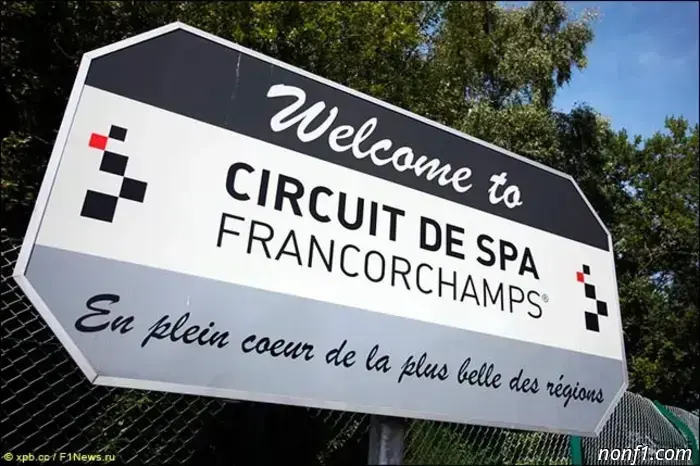
Belgian Grand Prix: Track and Statistics
FORMULA 1 MOËT & CHANDON BELGIAN GRAND PRIX 2025
Date
Race Track
Lap Length
Laps
Distance
25-27/07/2025
Spa
7,004 m
44
308.052 km
Official Website
Drivers dislike answering routine questions, and only one consistently sparks excitement: “Favorite track? Of course, Spa!” Such unanimity is not seen with ultra-modern circuits — beautiful, comfortable, safe, but very similar.
At Spa, setting up the car is challenging; weather can change at any moment, and a nearly imperceptible mistake can influence lap times just a kilometer and a half from where it was made. The essence of the Belgian track lies in something elusive that makes hearts race and pushes competitors to the finish.
On June 18, 1950, Juan Manuel Fangio became the first winner of the Belgian Grand Prix, completing 35 laps on the 14-kilometer circuit. The total race distance was 494 kilometers, but this was not the limit — organizers added a lap, increasing the distance to 508.3 km. In 1952, Alberto Ascari completed this distance in three hours and three minutes.
Ensuring safety on such a long track is impossible. There was no rapid communication system along the entire route, and several dozen minutes could pass from an accident until medical aid arrived. On June 12, 1966, this nearly cost Jackie Stewart his life — he lost control on wet asphalt, crashed into a pole, and was immobilized in his damaged car for nearly half an hour. Colleagues had to extract him using makeshift tools, but even then, organizers made no changes — until 1970, the Belgian GP was held on the 14-kilometer circuit.
In 1971, the event was not held, in 1972 it moved to Nivelles, then settled in Zolder, while Spa initiated a major reconstruction. After reviewing several plans, the most successful was chosen — by 1979, everything was ready.
Interesting turns remained, but now the configuration met safety standards. F1 brought in large sums of money, and the updated circuit fully corresponded to that. From 1985, the Belgian Grand Prix was held at Spa, except in 2003 and 2006.
In 2003, the race was dropped due to an early ban on tobacco advertising imposed by Belgian authorities — teams could not reach sponsorship agreements without logos.
In 2006, the race was again excluded — initially, unfinished upgrade works hindered the event, and later, previous owners declared bankruptcy. Despite prompt intervention by local authorities, everything fell through. Fortunately, a new contract was signed in autumn — the government guaranteed €30 million, with half as a penalty if works were not completed on time.
Before the 2022 event, Spa underwent a serious renovation, with €80 million allocated. The famous chalet at Eau Rouge with a great view of the track was demolished — it was on a section earmarked for safety zone expansion. Several serious accidents had occurred there recently, including Antoine Hubert’s death in 2019 and Dilan van’t Hoff's in 2023.
Safety zones were expanded and gravel traps installed at La Source, Raidillon, Blanchimont, Les Combes, and Stavelot, in accordance with FIM motorcycle federation standards.
The current contract stipulates that the Belgian Grand Prix will be held at Spa until 2025, after which it will alternate with other races. The contract guarantees races in 2026, 2027, 2029, and 2031, with 2028 and 2030 hosting other European Grands Prix.
Track Features
The Spa circuit is the longest in the season calendar — 7,004 meters, and the race includes the fewest laps — 44.
The difference between the highest point (Les Combes) and the lowest (Stavelot) is about 100 meters, the largest elevation change of the season.
Belgian track is the second fastest in the calendar, after Monza. On Friday, teams start practice with minimal aerodynamics and gradually increase downforce to stabilize the car on the demanding, medium-speed sectors.
Teams often compromise between top speed on straights and handling in slow corners, typically favoring speed to aid overtaking, but drivers must feel confident in the car.
Spa has high fuel consumption due to long sections with full throttle, including 25 seconds from La Source to Les Combes. However, energy recovery in wide, fast corners poses no issues.
On high-speed tracks, drivers attack curb limits less often, so suspension settings lean toward higher speed. To counteract high G-forces in Eau Rouge and Raidillon, effective mechanical setups are essential.
Brake loads are moderate — only three major braking points (La Source, Les Combes, Bus Stop). Race starts often see accidents, increasing the likelihood of safety car deployment.
Enrico Gualtieri, Ferrari engine chief: “Spa is undoubtedly one of the most beautiful and challenging circuits in the calendar, both for drivers and engineers. Finding the perfect balance over the entire seven-kilometer lap is especially difficult.
From an engine perspective, the track is also quite demanding, as the driver presses the throttle to the floor for over a minute. That’s why the engine must provide ample power — there’s never enough. Additionally, maximizing energy recovery via MGU-H will be crucial, along with overall powertrain efficiency.
Even before DRS was introduced, overtaking at Spa was relatively simple — but much depends on the level of downforce. At low downforce, top speed at the end of the Kemmel straight is very high, but the risk of major issues in the second sector increases.
Choosing medium or maximum downforce settings allows good qualifying laps, but in the race, overtaking becomes harder, and drivers might struggle to pass even with DRS. Add unpredictable weather changes across different sections of the circuit, and it becomes a puzzle that must be solved on this track.”
Best Results of the 2024 Belgian GP Session
Event
Weather
Driver
Team
Time
Practice 1
Cloudy. Dry
Max Verstappen
Red Bull
1:43.372
Practice 2
Cloudy. Dry
Lando Norris
McLaren
1:42.260
Practice 3
Overcast. Rain
Max Verstappen
Red Bull
2:01.565
Qualifying
Overcast. Rain
Max Verstappen
Red Bull
1:53.159
Fastest Lap in Race
Sunny. Dry
S. Pérez
Red Bull
1:44.701
Weekend Schedule
You can follow all Formula 1 sessions on our live stream page.
Belgian Grand Prix Schedule (Moscow Time)
Day
Event
Time
25/07
F3 Practice 1
09:45 - 10:30
25/07
F2 Practice 1
11:00 - 11:45
25/07
F1 Car Presentation
12:00 - 13:00
25/07
F1 Practice 1
13:30 - 14:30
25/07
F3 Qualifying
15:00 - 15:30
25/07
F2 Qualifying
15:55 - 16:25
25/07
F1 Sprint Qualifying
17:30 - 18:14
26/07
F3 Race (12 laps or 40 minutes +1 lap)
10:15 - 11:00
26/07
F1 Sprint (15 laps or 60 minutes)
13:00 - 13:30
26/07
F2 Sprint (18 laps or 45 minutes +1 lap)
14:45 - 15:35
26/07
F1 Qualifying
17:00 - 18:00
27/07
F3 Race (15 laps or 45 minutes +1 lap)
09:30 - 10:20
27/07
F2 Race (25 laps or 60 minutes +1 lap)
11:00 - 12:05
27/07
F1 Driver Parade
14:00 - 14:30
27/07
F1 Belgian Grand Prix (44 laps or 120 minutes)
16:00 - 18:00
Tyre Sets Issued to Teams for the Weekend
For the Saturday sprint event, Pirelli chose alternate compounds — C1 and C3 as Hard and Medium for the race, and C4 as Soft for qualifying. This track has a high average tire load but does not reach peak levels like Silverstone or Suzuka.
All types of corners are present, connected by high-speed sections, complicating the teams’ search for a balance between downforce and speed. Often, cars that are strong in the fast first and third sectors struggle in the slower second, or vice versa.
Certain corners, like Eau Rouge-Raidillon, have unique characteristics — primarily compression loads affecting both driver and car.
With a Saturday sprint, drivers get one fewer set of tires than usual. Each will have 12 dry-weather sets: six Softs and two each of Medium and Hard. Last year, most drivers completed the race with two pit stops, with only five opting for just one.
Current Drivers' Achievements at the Belgian GP
Drivers’ accomplishments at the Belgian Grand Prix
Driver
Races
Points
Laps
Best Qualifying
Pole Position
First Row
Fastest Lap
Podiums
Wins
All
Leader
Start
Finish
F. Alonso
19
85
582
7
3
2
3
3
L. Hamilton
18
222.5
578
195
1
1
6
9
3
11
5
N. Hulkenberg
12
37
395
7
4
M. Verstappen
10
109.5
315
62
1
1
1
2
1
5
3
C. Sainz
10
25.5
233
19
1
3
1
1
1
E. Ocon
8
35
308
3
5
L. Stroll
8
5
308
9
9
Ch. Leclerc
7
65
221
42
1
1
3
3
3
1
P. Gasly
7
14
265
6
6
D. Russell
6
29
185
14
2
2
1
1
L. Norris
6
22
220
4
5
A. Albon
5
19
220
5
5
Y. Tsunoda
4
1
133
11
10
O. Piastre
2
18
44
4
5
2
Antonielli, Berman, Bortolotto, Colapinto, and Hadjar did not participate in the Belgian GP; Lawson only tested during free practices.
Max Verstappen: "Racing at Spa is always interesting. I was born in a town about an hour from the track, so for me, it's almost a home race.
During Belgian weekend, you can see many people in orange and camps full of Dutch fans — it gives me extra energy. The track passes through forests, which sets it apart from others. Eau Rouge is a unique corner, but my favorite remains Pouhon.
You must try Belgian waffles and fries in Spa — it’s not only traditional but also very tasty."






Other articles
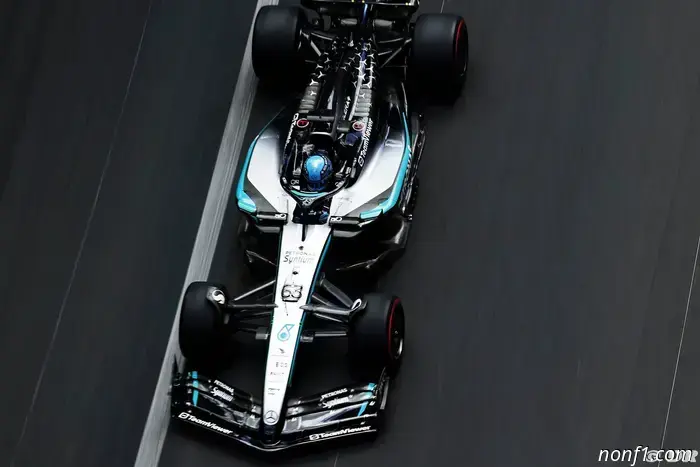 Fans will need to get used to the unusual engine sound of the 2026 F1 season.
Formula 1 | Hywel Thomas, the head of Mercedes engines, states that fans of Formula 1 should prepare for a completely different sound experience with the next generation of power units.
Fans will need to get used to the unusual engine sound of the 2026 F1 season.
Formula 1 | Hywel Thomas, the head of Mercedes engines, states that fans of Formula 1 should prepare for a completely different sound experience with the next generation of power units.
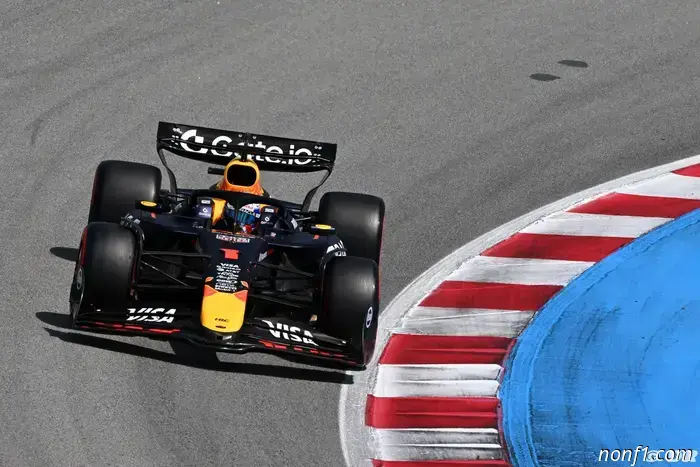 Title returns as Red Bull reorganizes under Mekies
Formula 1 | Max Verstappen could find himself back in the running for the World Championship just weeks after Red Bull insiders stated that his chances for the title were finished. With McLaren (…)
Title returns as Red Bull reorganizes under Mekies
Formula 1 | Max Verstappen could find himself back in the running for the World Championship just weeks after Red Bull insiders stated that his chances for the title were finished. With McLaren (…)
 Carlos Sainz suggests a possible reunion with Verstappen at Red Bull.
Formula 1 | Carlos Sainz has re-established himself as a target for Red Bull, asserting that he and Max Verstappen would form a very potent duo for the energy drink team (…)
Carlos Sainz suggests a possible reunion with Verstappen at Red Bull.
Formula 1 | Carlos Sainz has re-established himself as a target for Red Bull, asserting that he and Max Verstappen would form a very potent duo for the energy drink team (…)
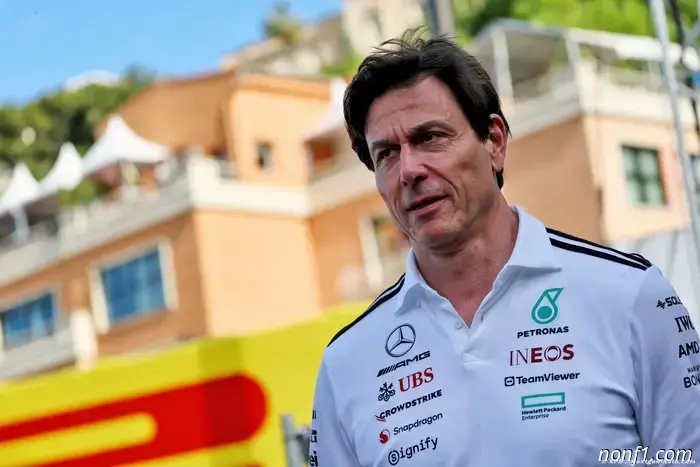 Wolff dismisses Verstappen speculation following sightings in Sardinia.
Formula 1 | Mercedes chief Toto Wolff has dampened immediate rumors connecting Max Verstappen to the Brackley outfit. In a conversation with Austrian (…)
Wolff dismisses Verstappen speculation following sightings in Sardinia.
Formula 1 | Mercedes chief Toto Wolff has dampened immediate rumors connecting Max Verstappen to the Brackley outfit. In a conversation with Austrian (…)
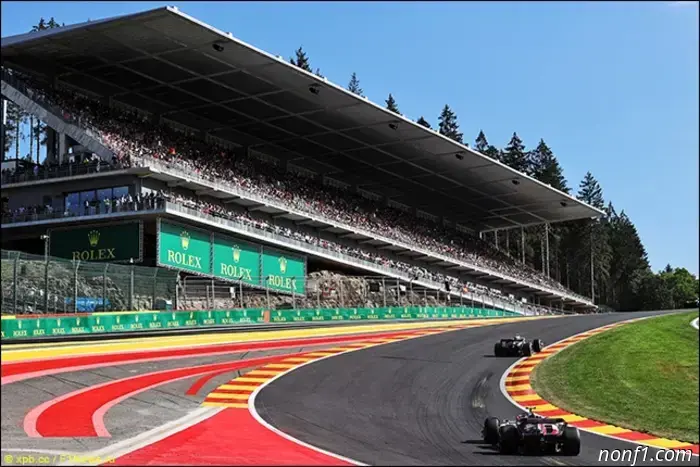 Belgian Grand Prix: Stage Preview
The upcoming Belgian Grand Prix is the last under the current contract...
Belgian Grand Prix: Stage Preview
The upcoming Belgian Grand Prix is the last under the current contract...
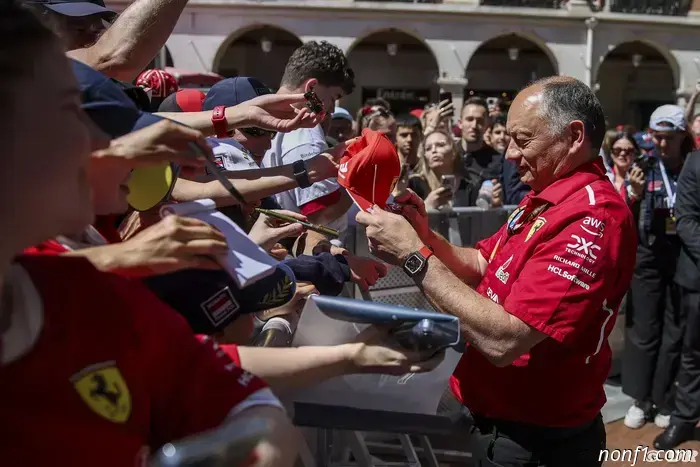 Vasseur receives support for 2026 as Ferrari introduces important upgrades at Spa.
Formula 1 | Frederic Vasseur is expected to continue as Ferrari team principal until 2026, despite speculation surrounding other potential candidates such as the recently dismissed Red (...)
Vasseur receives support for 2026 as Ferrari introduces important upgrades at Spa.
Formula 1 | Frederic Vasseur is expected to continue as Ferrari team principal until 2026, despite speculation surrounding other potential candidates such as the recently dismissed Red (...)
Belgian Grand Prix: Track and Statistics
The Spa circuit is second in the calendar for average speed, only behind Monza...
